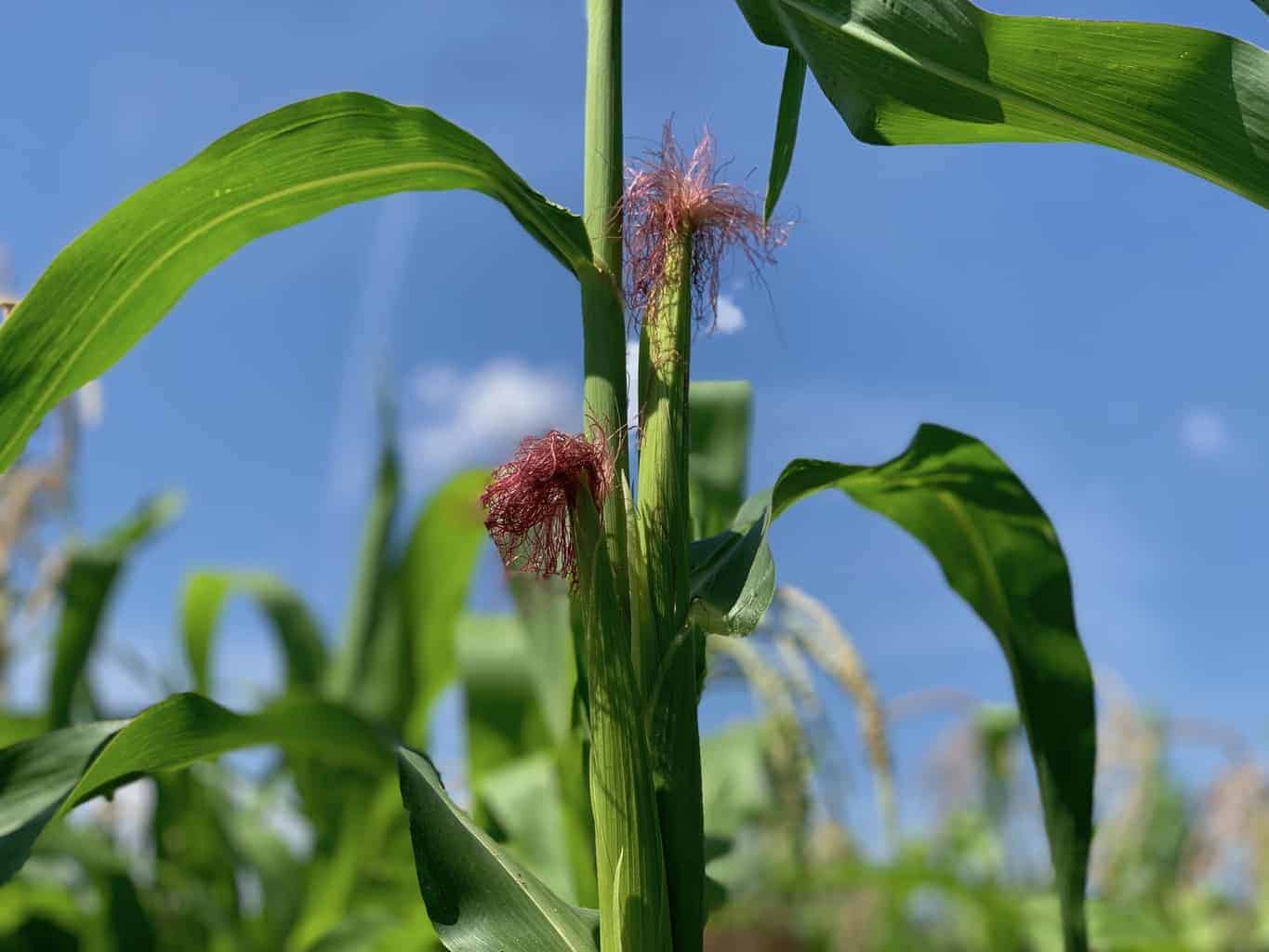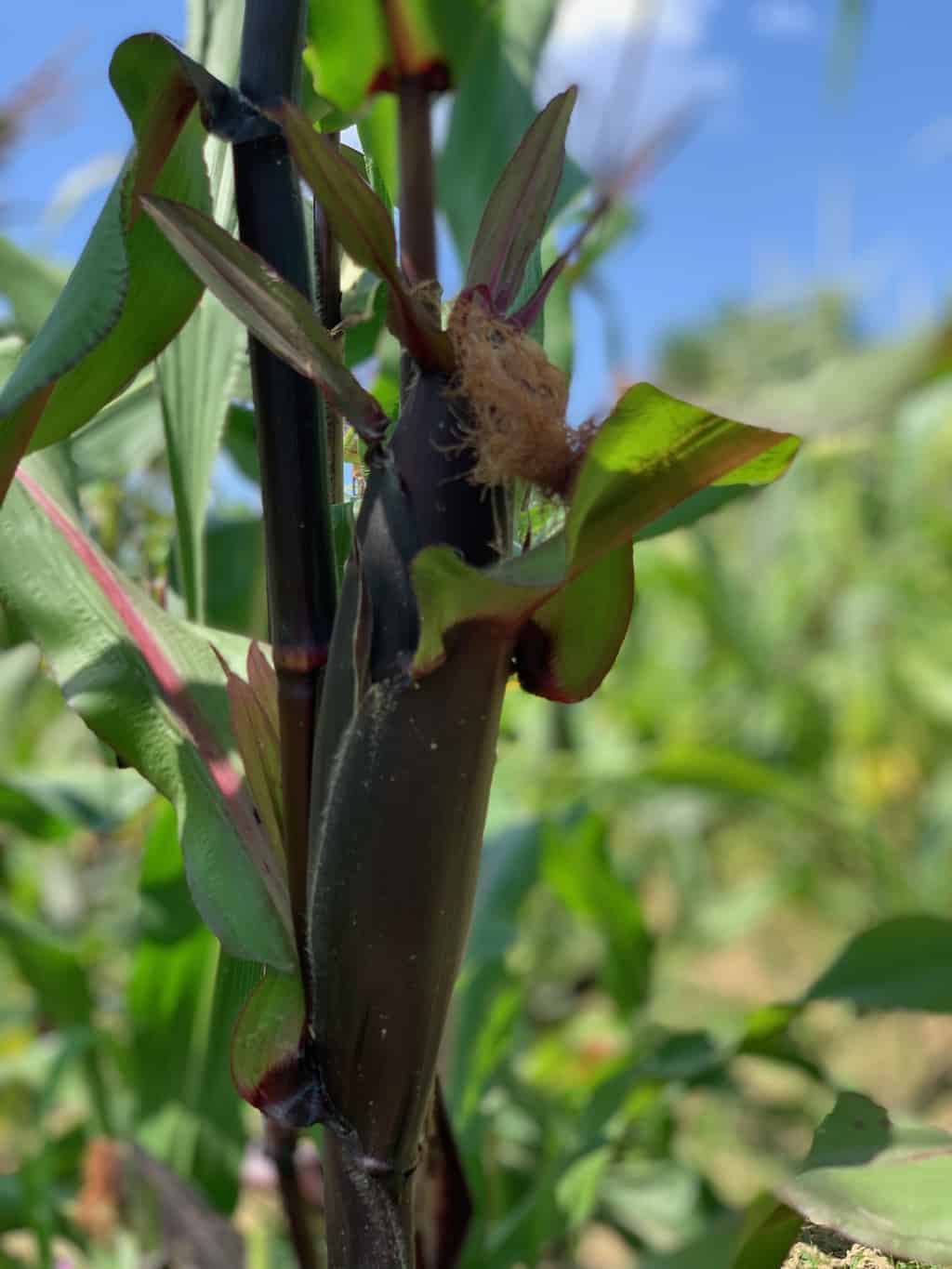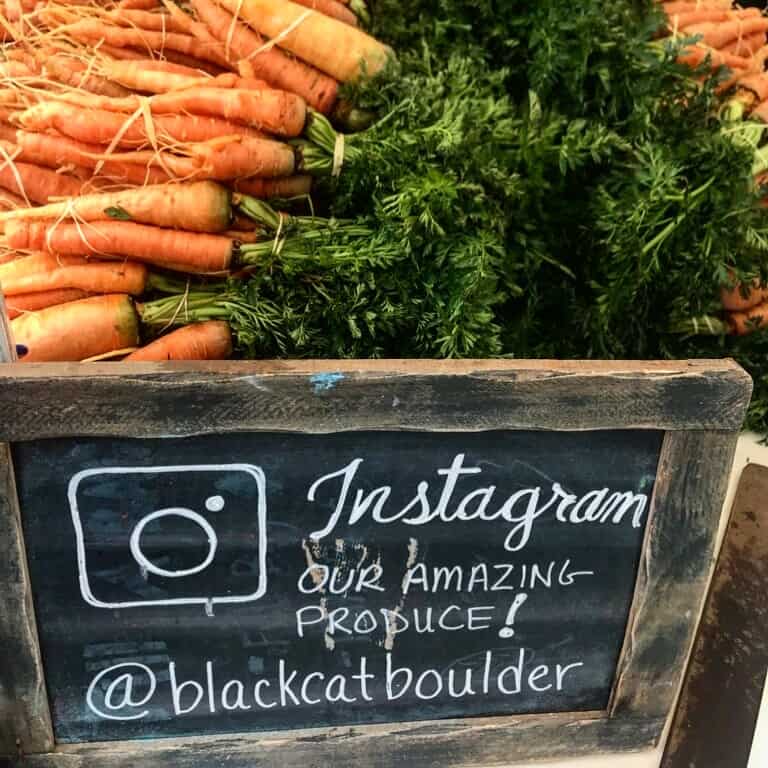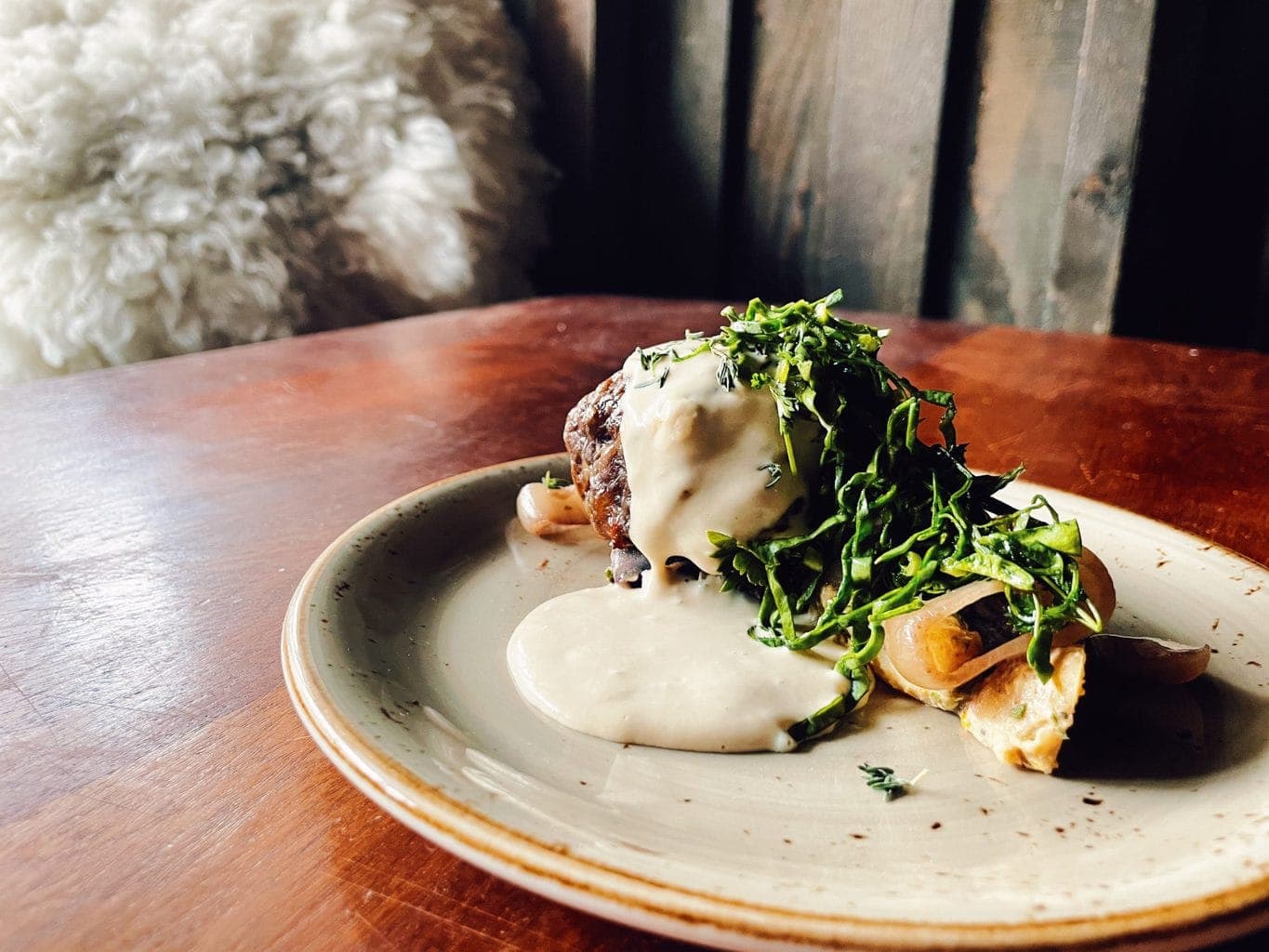
Lend us an ear, Black Catters and Brambleites. One of our favorite veggies in the fields is finally popping.
It has become the country’s largest commodity crop, covering 90 million acres of farmland in the United States (most of it in the heartland). The mass-produced stuff, most of which is used as animal feed, is frankly nothing special. But heritage varietals offer far more than a kernel of unbridled pleasure. And we have spent years stalking the best versions of this treasure.
The good stuff? It’s amaizing.
We now are harvesting corn at Black Cat Farm. Look for it fresh at the Market and in the restaurants for weeks.
We grow four varietals of corn at Black Cat.

Silver King, which rises more than 12 feet, gets used in our polenta. It’s not easy to find quality organic polenta flour, and we adore the corn porridge loose — almost soupy. We embrace it firm, sliced into wedges, and griddled or grilled. We savor it somewhere in between, too. So a number of years ago we began growing it.
Argent, a beautiful sweet corn with a creamy texture that loves our soil. It also is good at remaining sweet for days after picking.
Aztec Black, which is dark purple and scrumptious when eaten young and fresh. It also is wonderful when dried and ground into flour.
Bonus, a varietal that produces a spectacular baby ear (along with large ears). The baby ears are sweet and tender. Please shuck them and just eat them whole, without cooking. At least once. You will repeat the process. When you decide to experiment, one option is dipping them whole into a simple batter — one involving a little corn meal might sing — and frying them in oil.
A few notes about corn. It is broken into six types: flint, flour, dent, pop, sweet and waxy. All of them are used for different things.
Formally characterizing corn is a challenge. Whole ears grown to be eaten by humans are considered vegetables. But just the corn kernels — what you buy to make popcorn — is a grain.
More? Yes. Since corn (and other grains) comes from the seed or flower part of the plant, they can be considered fruit.
How do we identify Black Cat Farm corn? Aw shucks — delicious and wildly versatile.
We look forward to seeing you at the Market and the restaurants this weekend!

At The Market
Veggies
Corn · Eggplant · Beans (green, purple, yellow) · Peppers · Tomatoes · Red potatoes · Beets · Leeks · Basil: Sweet, Lemon and Purple · Summer squash · Parsnips · Hakurei turnips · Parsley · Siberian kale · Red Russian kale · Mixed salad greens · Radish greens · Osaka purple · Tatsoi · Spicy mustard greens · Celery · Carrots · Parsnips
Grains
Sonoran White wheat flour
Black Cat Heritage-Breed Pork & Lamb Raised on Organic Pastures
All cuts of lamb · All cuts of pork · Pork skin · Pork jowls
Accessories
Sheepskins · Tallow candle
